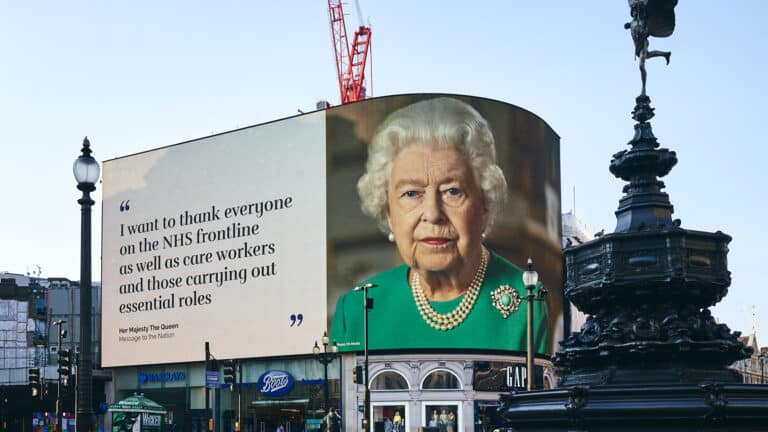The UK advertising market hit £32bn in 2021, almost £8bn ahead of forecasts.
The record growth has been led in part through online, but also the increased cost of advertising.
The figures come from Advertising Association/WARC Expenditure Report.
The paper found that 3 in every 4 pounds spent on advertising in the UK is invested in an online format. Internet adspend totalled £23.5bn in 2021, up 11.7% on pre-pandemic levels in 2019.
During the pandemic, there was a noticeable shift by sector, with the UK government becoming the country’s largest advertiser through it behavioural advertising campaigns.
“The UK has held its position in 2021 as the largest advertising market in Europe through the pandemic and is now the third largest in the world, behind the USA and China. While further growth is forecast, inflationary pressures on the cost of advertising, and more generally, due to the ongoing geo-political uncertainties, mean we should be cautious,” explained Stephen Woodford, Chief Executive, Advertising Association.
“While lockdowns saw sharp declines in spend across some sectors, the pandemic presented our industry with opportunities to innovate and meet the public health challenges. The UK Government remained in pole position as the largest advertiser. Cover wraps in our print media informed the nation with ‘Stay Home’ public health messages; direct mail brought testing kits and essential deliveries to households up and down the country; and billboards showed the everyday heroes in our NHS.
“Such innovation, creativity and responsiveness will be critical in the years going forward, as we build a sustainable future for our industry, and help businesses, large and small, build relationships with their customers.”
According to AA/WARC data, the ad market is expected to grow 10.7% this year, reaching £35.3bn, that’s because of major sporting events, such as the FIFA World Cup.
Search was the strongest performer last year, with £11.7bn, surpassing projections by almost £3.7bn.
Television also beat expectations, by almost £1bn, while online video overperformed by approximately £2bn and social media by £2.3bn,
“The Covid-19 recovery last year was buoyed in part by the release of pent-up investment on established online platforms – as well as maturing ones such as TikTok – and in part by the emergence of retail media as a major contender for marketing budgets. The latter trend bears the hallmark of a new era in advertising, one which is set to fuel growth over the forecast period and beyond,” added James McDonald, Director of Data, Intelligence & Forecasting, WARC.
“Be that as it may, economic headwinds create uncertainty ahead; the consumer is being stretched further than at any other time since the Second World War, conflict in Europe has stoked market volatility and has exacerbated supply chain pressures, and the prospect of a UK recession cannot be ignored. Given the market’s current momentum, however, we do not yet see this translating into an advertising recession over the coming quarters.”











